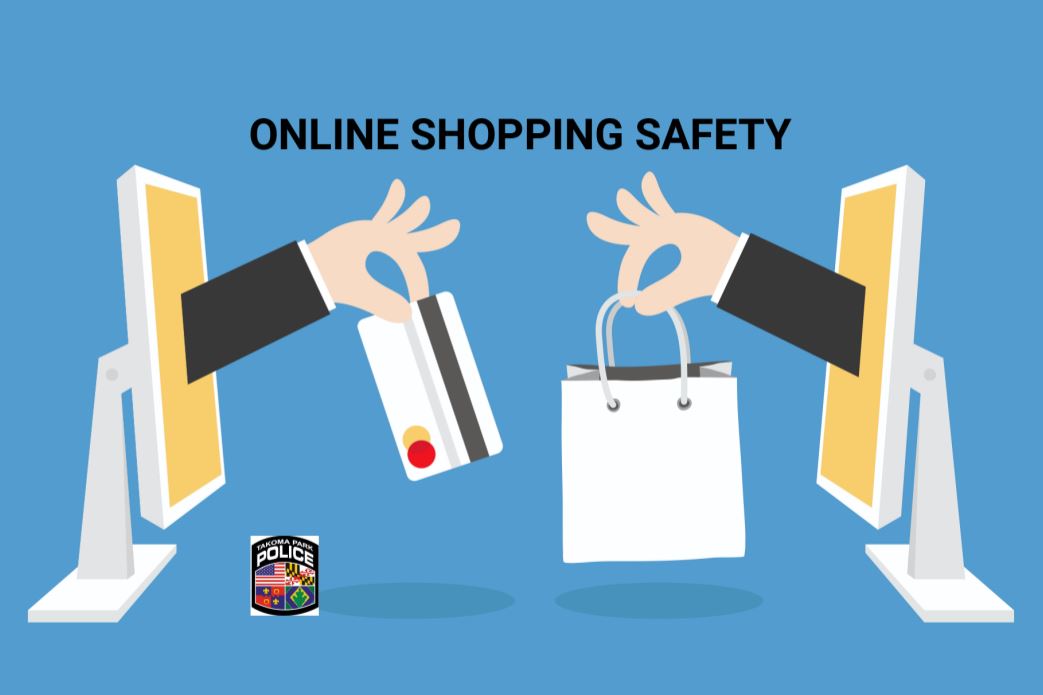Online Shopping Safety
Online shopping, especially during top seasons like holidays, can expose you to various online risks such as identity theft, phishing, or malware attacks. Here are some safety tips to help you shop securely online:
Shop from reputable websites: Use only well-known, trusted websites when purchasing online. Look for “HTTPS” in the URL and a padlock symbol in the address bar to confirm a secure connection.
Use strong, unique passwords: Create strong passwords for your accounts and avoid using the same password across multiple accounts/sites. Contemplate using a password manager to securely store and manage your passwords. Use passwords that contain letters (capitalize some of the letters), numbers, and symbols.
Beware of phishing scams: Be cautious of emails, text messages, or pop-up ads requesting personal or financial information. Legitimate businesses typically won’t ask for sensitive information via email.
Update your devices and software: Keep your operating system, antivirus software, and web browsers up to date with the latest security patches and updates to protect against known vulnerabilities.
Use secure payment methods: Opt for secure payment methods such as credit cards or digital wallets that offer fraud protection. Avoid using debit cards or direct bank transfers for online purchases, as they may not offer the same level of protection.
Check for secure checkout: Before entering payment information, ensure the website has a secure checkout process. Look for trust indicators like a locked padlock symbol and “https://” in the URL.
Be cautious of public Wi-Fi: Avoid making purchases or accessing sensitive information when connected to public Wi-Fi networks, as they may be less secure and susceptible to hackers.
Review your statements: Regularly review your bank and credit card statements for unauthorized charges or suspicious activity. Report any discrepancies to your financial institution immediately.
Enable two-factor authentication: Add an extra layer of security to your accounts by enabling two-factor authentication wherever possible. This typically involves receiving a one-time code via text or email or an authenticator app to verify your identity.
Trust your instincts: If something seems too good to be true or you feel uneasy about a website or offer, trust your instincts and refrain from making a purchase. It’s better to be safe than sorry. Read reviews about the site to find out if there are multiple complaints.
By following these online shopping safety tips, you can help protect yourself from online threats and enjoy a secure shopping experience.

